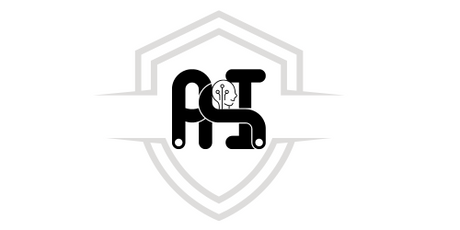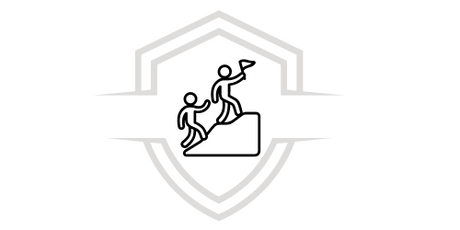Today, the success of a business depends largely on the ability to understand and meet the needs of consumers. This means that companies of all sizes are looking for new ways to improve their product and processes. An increasingly popular tool to achieve this is Design Thinking , a user-centered methodology that involves creative thinking and experimentation to solve problems and improve the user experience.
How can Design Thinking help your business?
The success of a company depends largely on the ability of its teams to understand customer needs and develop innovative solutions accordingly. Design Thinking is the method by which these solutions are achieved and also helps to:
1. Keep a close eye on your target audience and empathize with their needs and preferences
One of the keys to the success of any project is to understand the people you are targeting, both as buyers and as individual clients.
2. Making sense of customer requests
Determining what each request supports is critical to creating a plan.
3. Problems of redesigning human vision
We often tend to think of problems in technical terms. Design thinking helps you focus on people.
4. Be very participative in the creation of prototypes and tests
Involve teams in the process and strive to implement the results into the process.
5. Process simplification
Design Thinking helps you find the thread in difficult situations and thus reduce the number of steps towards the goal.
6. Rethinking business models
If a business model has had its moment or the market has changed, you will be able to orient solutions in a new environment.
7. Communicate the vision of different stakeholders
There are often different visions in the same project, so Design Thinking helps to find a balance and compromise between these points of view.
8. Improved user experience
By focusing on the end user, design thinking can help streamline every interaction with a product.
Where and how to apply Design Thinking?
We have found that design thinking can be applied to almost any sector or activity. Some examples and uses:
- Education
- Finance
- Insurance companies
- Health
- Newspapers
- NGO
- Supermarket chains
Where to start with Design Thinking?
They always say it's better to start small and build up speed. Choose an initiative, product/service or problem that is easy to solve. Where the decision affects the entire organization and is visible to everyone.
Teaching and/or coaching the Design Thinking methodology is key. An experienced coach or trainer is a good place to start.
What is Design Thinking for?
One skill that can be useful in many areas is the idea of starting with empathy, questioning all possibilities and taking time to make decisions. It can also be of great help outside of the business world. The great thing about Design Thinking is that it is a practice that anyone can develop.
In theory, anyone can do this, regardless of their profession or previous experience. It is a very useful discipline for anyone who strives to have a clear and concrete structure of thought.
In short, design thinking is a very useful tool to help companies improve their products and processes. It helps business teams better understand the user's perspective, think outside the box, and improve internal processes. It can also be a useful innovation tool to help companies find new ways to improve their products and services.
design thinking design thinking design thinking














